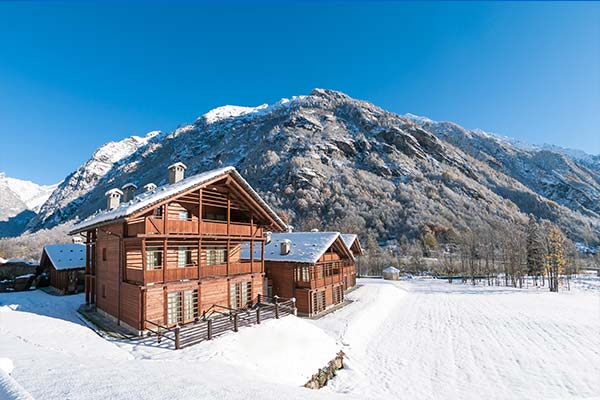It is said that a boulder rolled along the side of the mountain and the impact with the bottom of the valley split it into two equal parts, which seemed to look at each other. These are the "twin" stones that can be seen between the main road and the Sesia River half way between Riva Valdobbia and Alagna and gave the name to the community, which until 1475 included all of Riva Valdobbia and Alagna.
In Latin “Petrae Gemellae”, in Tittschu “Pressmilch”, in Italian “Pietre Gemelle” or “Presmell”. The oldest note of its existence is a document from the Civic Archives of Vercelli (Biscioni Code), which contains the oath of allegiance to Vercelli by the Valsesian people and dates back to 1217. It says “Guidetus filius Johannis de Petris Zumellis", who was the sole representative of Pietre Gemelle.
Up until 1325, the Community was under the Parish of Scopa. With the arrival of Walser population, the resulting increase in population and difficulty in reaching such a distant location led to its autonomy.
Therefore, the independent parish of St. Michele was established, which until 1475, year of the definitive division between Alagna and Riva Valdobbia, became the head of these two villages. Over the centuries, most of the houses were built on a small rise. The present historic centre of Riva Valdobbia and the area of Pietre Gemelle have been known for the two powerful rocks that even today, despite the passing of time, look upon each other like two identical brothers.











